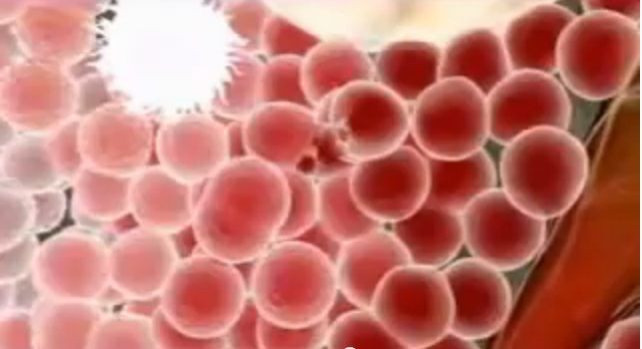With Magnetic Nanoparticles, Healing Stem Cells Can Be Steered Within The Body

Using magnets, a group of scientists have devised a new method to internally direct the healing power of stem cells.
In a study published in the journal Small, a team of researchers from Emory University and Georgia Tech found that by coating mesenchymal stem cells in tiny iron oxide particles, magnets can be used to attract the cells and steer them towards a particular location within the body.
Mesenchymal stem cells, which are obtained from adult tissue like bone marrow and fat, secrete beneficial anti-inflammatory factors and can develop into bone, fat, or cartilage cells. For this reason, they are extremely useful when treating certain conditions, such as autoimmune disorders and cardiovascular disease.
While similar iron oxide nanoparticles are routinely used in MRI scans, previous attempts to load them onto stem cells have failed, as their coating appears to compromise some of the cells' properties. The new method relies on nanoparticles outfitted with a protective polyethylene glycol coating and fed to cells by a magnetic field rather than a chemical process.
"We were able to load the cells with a lot of these nanoparticles and we showed clearly that the cells were not harmed," said Professor W. Robert Taylor of Emory University School of Medicine. "The coating is unique and thus there was no change in viability and perhaps even more importantly, we didn't see any change in the characteristics of the stem cells, such as their capacity to differentiate."
"This was essentially a proof of principle experiment. Ultimately, we would target these to a particular limb, an abnormal blood vessel or even the heart," he added.
The experiment used to establish the proof of concept introduced iron oxide-coated mesenchymal stem cells to cell cultures and live mice. After being intravenously injected, the cells were attracted to the mouse's tail by a bar-shaped rare earth magnet.
A fluorescent dye allowed the team to track the cells' route from the injection site to their designated location. If left alone, these cells usually become deposited in the liver or lungs.
"Next, we plan to focus on therapeutic applications in animal models where we will use magnets to direct these cells to the precise site need to affect repair and regeneration of new blood vessels," said Taylor.
Stem cells have remarkable treatment potential, serving as an internal repair system in many tissues. Current research examines their ability to assume other shapes and divide without limit to replenish other cells in the body.



























